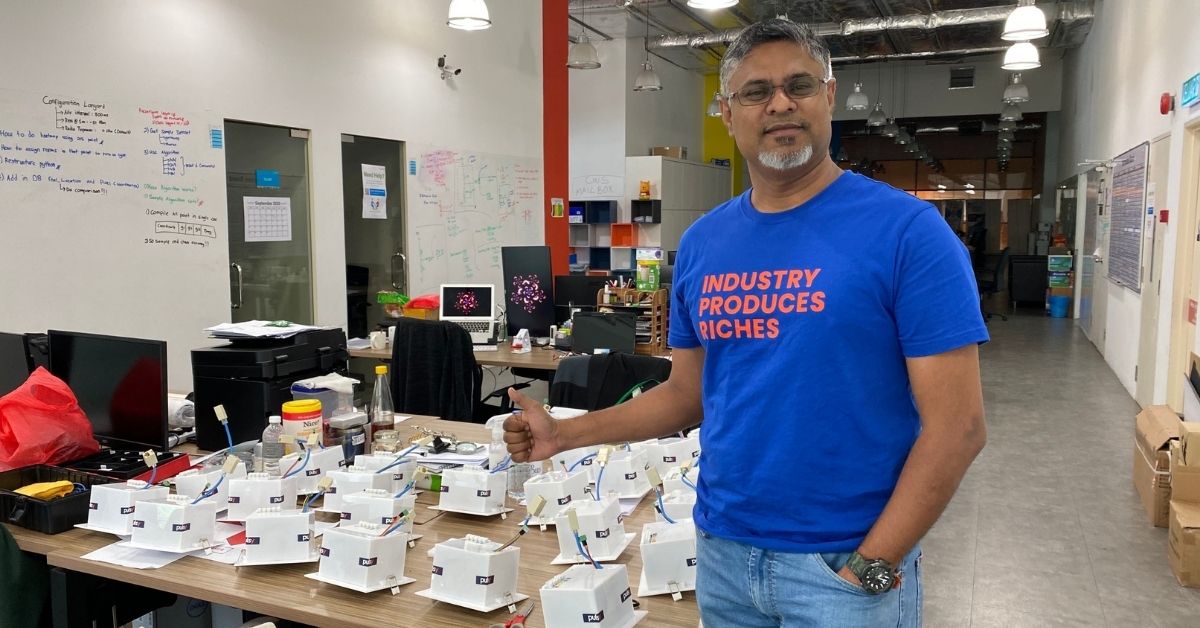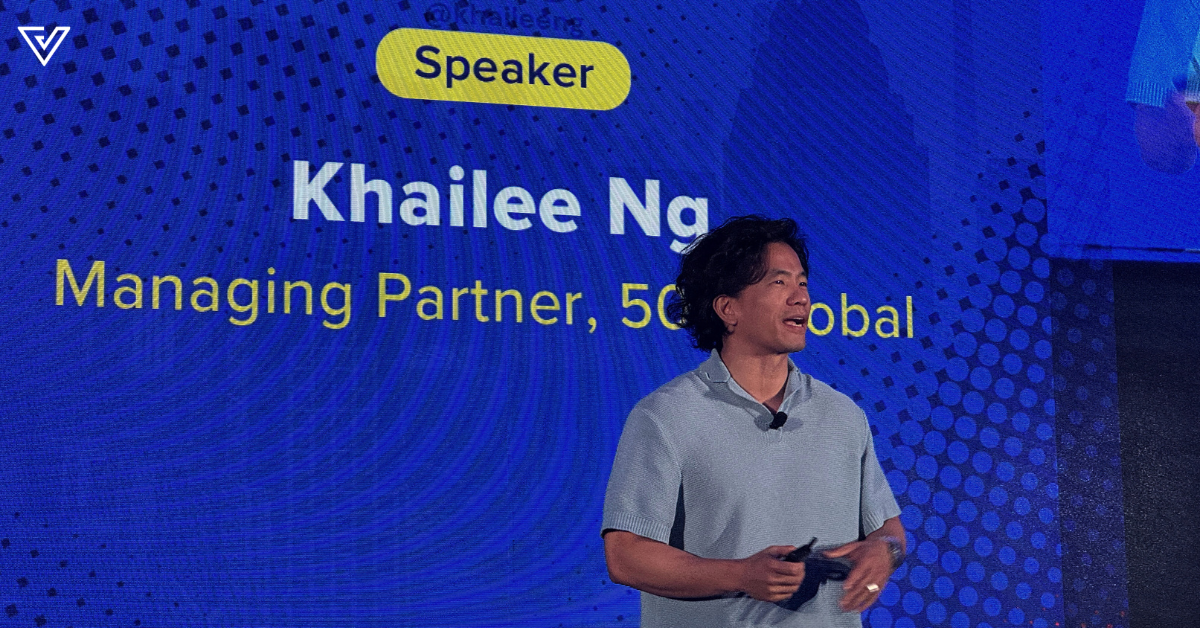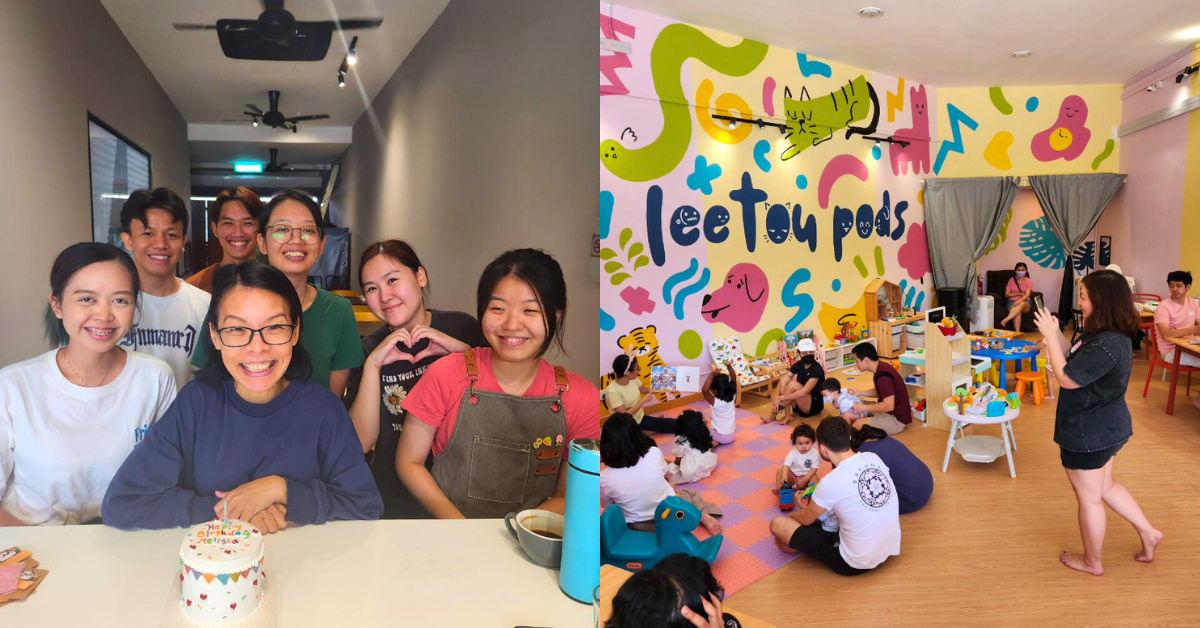[Written in partnership with MaGIC, but the editorial team had full control over the content.]
Being a small team of about 10, we at Vulcan Post Malaysia have enjoyed the liberty of simply walking up to anyone’s desk to ask for help, and knowing where each person is in the open office space. Of course, that was all pre-pandemic.
As we WFH now, we announce our clocking in and out times, when we’re AFK to grab a delivery package, or taking our lunch breaks. It’s not spammy since there are so few of us, but if you work in a larger team, workplace management online and offline may not be as simple.
For example, an organisation with 100 employees may face difficulties locating others within the building quickly, requesting maintenance help, or finding the printer guy. PULSY Technology (PULSY) wants to fill that gap as a smart workplace solution, from keeping track of employees’ movement within the office, down to creating the right ambience for productivity.
What is PULSY?
On its website, PULSY states it provides organisations with insights for better workspace management. With its Bluetooth Low Energy (BLE) sensors, organisations can monitor their teams’ location within the premises which will be updated in real-time as they move around.
That means, with enough of PULSY’s Presence Sensors around the office, you’d be able to track where your employees are, whether in meeting rooms, the pantry, their desks, etc. and find them accordingly.
These sensors are connected to each employee’s account that’s accessible through PUSLY’s app. In turn, employees can set their check-in and out times manually or automatically, whereby just walking through a sensor at the entrance would update their records.
There’s also a central message board for management to make announcements, share news and updates which can be accessed through push notifications.
As convenient as it is for the company, PULSY’s tech may come off as intrusive to employees, since their attendance and all forms of movement can be tracked. However, PULSY’s CEO K. Nantha (Nantha) believes that rather than being intrusive, this solution improves a company’s overall understanding of its operational needs to the benefit of employees.
HR managers can then find ways to optimise their scheduling and resources to improve a workplace’s Environmental, Social, and Governance (ESG).
Did you know: ESG is an evaluation of a firm’s collective conscientiousness for social and environmental factors. Environmental criteria consider a company’s energy use, waste, pollution, natural resource conservation, and treatment of animals. Social criteria examine how it manages relationships with employees, suppliers, customers, and the communities where it operates. Governance deals with a company’s leadership, executive pay, audits, internal controls, and shareholder rights.
Investopedia
If PULSY’s solutions work as planned, organisations are promised a healthier work environment so employees can feel comfortable and calm in their physical work settings to produce their best work.
Such an environment includes clean air, natural lighting, comfortable temperatures, and non-distracting noise levels, elements that are typically overlooked by many companies. It should lead to reduced absenteeism too, if it can tackle the issues of stress and low morale in employees early on.
This is an extension of the company’s offerings after it deployed air quality, energy, and workspace monitoring solutions for a Fortune 500 company, marking a milestone for PULSY in 2020.
Managing split workforces efficiently
At first glance, PULSY’s tech seems best tailored for physical workspaces. As most office employees were working remotely during MCOs, we wondered how the startup adapted.
Contrary to our assumptions that the company’s services would be underutilised, Nantha shared that PULSY’s tech was advantageous to organisations amidst ever-changing SOPs and split workforces.
He added, “For instance, the number of staff allowed inside the office was revised to minimise the risks. Our solution solved that problem by monitoring staff within the office. It became part of companies’ SOP monitoring system and helped to plan their resources.”
This makes sense, considering the majority of PULSY’s clients include medium-sized companies and large corporations with more staff to track. Without the data to plan accordingly, it would be difficult to manage a large, split workforce in a safe way during the pandemic.
Adapting to the times
In the same line of thought about PULSY being more valuable for physical spaces, the startup may face the threat of businesses shifting as they become more accepting of WFH. Therefore, it will be hard to say if all companies will return to having 100% of their workforce at the office once it’s safer to do so.
Perhaps it’s safe to suggest that PULSY could pivot into the events industry, where monitoring the movement of staff and volunteers would be beneficial in a large crowded space. Education could also be a good sector to turn to in keeping track of students’ attendance and maintaining the ambience of classes and school premises.

Nantha disagreed with our first assumption, confident that there will be a percentage of employees who’d even prefer to work in offices.
He cited Harvard Business Review which wrote that 41% of employees in Australia had returned to offices in April 2021. Furthermore, in cities less affected by the pandemic, such as Perth and Adelaide, occupancy numbers are at 70%, just below pre-pandemic levels.
A Monster.com survey in July 2021 also found that 69% of US workers are experiencing burnout while working from home. This may suggest that employees want to return to offices.
“It is similar to movie theatres VS Netflix; we enjoy using both of them to fulfil our needs,” summarised Nantha to Vulcan Post. Although, it’s worth keeping in mind that this data pertains to opinions and behaviours of those in Australia and the US, not locally. But if PULSY’s clients are anything to go by, there will be industries that will find the 2-year-old SaaS’s services beneficial.
Addressing our suggestions on pivoting to the events and educational sectors, Nantha agreed that they will explore such markets if the opportunity arises. This is in line with PULSY’s short-term goal to develop more products in the next few years while securing more clients between 2022-2025.
MaGIC has been an important source of support for the startup, starting with its involvement in Tech Booth Camp 2 years ago. Now, it’s based in MaGIC Co-Working Space (CWS), which has been beneficial since the IoT solutions company needed an environment to test its solution. With this, Nantha is confident that PULSY can continue to grow as planned.
- You can learn more about PULSY Technology here.
- You can read about other workplace platforms we’ve featured here.
Featured Image Credit: K. Nantha, CEO of PULSY Technology











